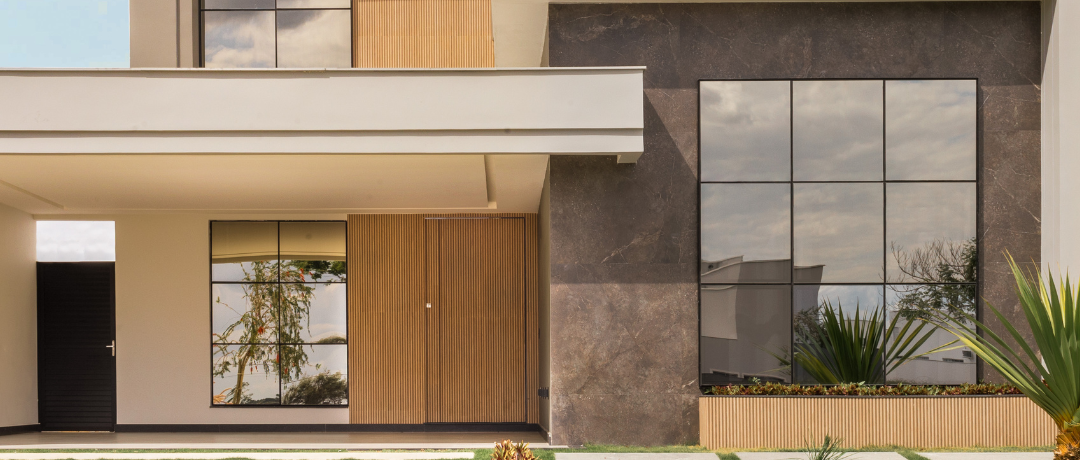Renovating to save on taxes? Spain’s Treasury is cracking down, and your costly home
improvements might no longer cut your tax bill.
With the current income tax system in Spain, it is possible for owners to lower their
personal income tax on capital gains when selling a home by factoring in renovation
costs that are properly documented. However, the Treasury’s policies have been
tightening as of late, often denying many home-sellers this possibility. More extensive
audits are being conducted to prevent homeowners from reducing their property tax
liabilities.
This new policy could be particularly problematic for homeowners looking to sell or
landlords, as people will be more hesitant to invest in improving their property if they
cannot deduct the expenses from their tax burden. According to the General Directorate
of Taxes, only significant improvements that enhance a property’s overall quality—like a
full renovation—are eligible to be added to the purchase price to reduce the tax burden.
Yet, according to various sources, appeals against these rejections are often
disregarded, leaving many homeowners to bear the renovation costs without tax relief.
This change in investment property tax rules will be most impactful for buyers looking
for a property to profit off of rather than a permanent residence.
Tax-Deductible Improvements – What Qualifies and Are They Still Relevant?

According to the Treasury, “extensions or improvements must be understood as authentic investments that result in an increase in the useful life or habitability of the property, or in an increase in the extension or capacity of other types of assets, as considered in the scope of the General Accounting Plan, with only these costs in
improvements or extensions of fixed assets being those that must be considered, in the scope of personal income tax, as a higher amount of the acquisition value.» This means that in order to be tax deductible, projects must be either large-scale rehabilitation, contain structural enhancements, or works that significantly extend the property’s lifespan or usability. Similarly, extensive modifications—such as adding new rooms or increasing the size of existing spaces—may count as improvements, whereas regular interior renovations do not.
The distinction between repairs and upgrades was recently reinforced by the Central Economic Administrative Court (TEAC), dating back to September 25, 2023. The ruling states that the only improvements that can be considered for tax deductions are ones that significantly enhance the property’s value. Routine maintenance and repairs do not fall under this ruling.
What the Treasury Does Not Consider Tax-Deductible
The treasury has made it clear that they are excluding routine repairs and maintenance
from deductions, according to Article 13 of the Personal Income Tax Regulations. Some
examples of routine services are outlined below:
● Repainting
● Fixing plaster
● Pipe, window, or flooring replacement
● New skirting boards
In the case of heating, security, elevator, and other systems, installation of new systems
are considered an investment or improvement, not an expense. However, when these
systems already exist but need to be replaced, they are considered deductible
expenses. If the improvements do not increase the property value, they cannot reduce
capital gains and therefore cannot reduce personal income tax.
Proving Renovations to the Treasury: Key Considerations
The most important factor in getting approved by the Treasury for tax deductions is
providing substantial evidence of the work. During the renovation, taxpayers should
keep detailed logs of expenses and invoices showing the clear link between the work
being done and how it increases the property’s value. Being as detailed as possible
through budgets and photos can also be helpful. All evidence should center around how
the work carried out dramatically improved and increased the value of the property.
Specific, detailed evidence of improvements showing the transformation of the property
from beginning to end is required for property owners looking to deduct their expenses
from their tax bill.
What If I Am Denied?
It is possible to challenge the treasury if they decide the evidence for improvements isn’t
substantial enough for deduction. There are many routes to appeal, but it is also
important to remember an appeal does not dissolve the payment obligation. Therefore,
it is recommended to pay the debt in full or request to defer while appealing the decision
to avoid the debt increasing for late payment.
Homeowners can appeal through AEAT, or TEAR. Furthermore, if the claim is once
again rejected homeowners have the right to take the case to the High Courts of
Justice.
In summary, while major property renovations can reduce capital gains tax, the Treasury
is strictly limiting what qualifies, making it crucial for homeowners to meticulously
document their renovation efforts, especially when it comes to investment property tax
deductions. The stakes are high—without proper documentation, even substantial home
improvements may not help reduce a seller’s tax burden.
Planning a renovation to reduce your tax liabilities?
With the tightening of tax policies by Spain’s Treasury, it’s crucial to ensure your home renovations meet the necessary criteria for tax deductions. Our expert team at IPTW Consulting can provide the advice you need to navigate the complex process of tax-deductible improvements and help you avoid costly mistakes.
Contact us today for professional guidance on maximising your tax benefits from property renovations in Spain. Fill out the form below, and one of our specialists will get in touch to discuss your specific situation.



